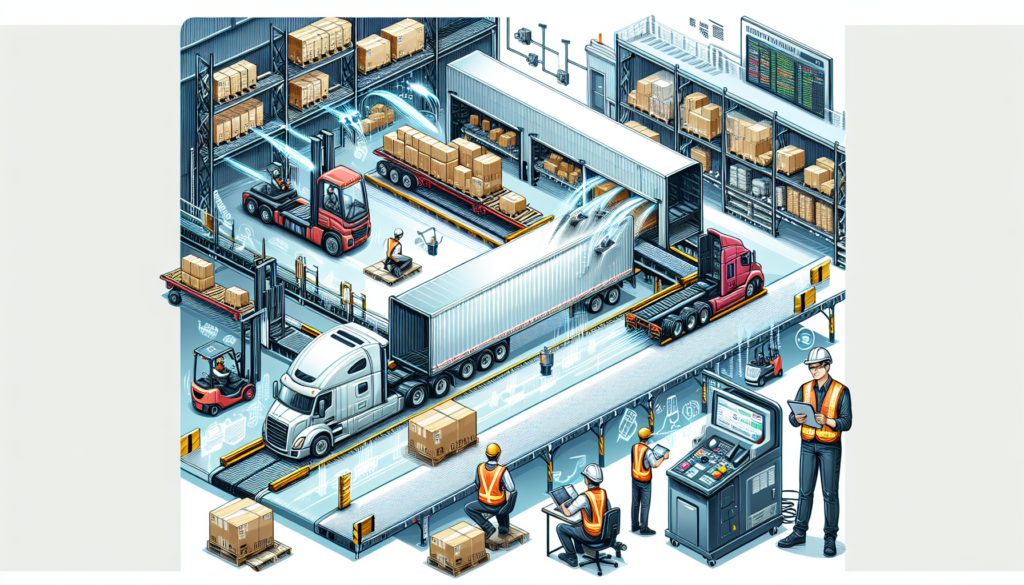One of the primary benefits of cross-docking is the reduction in handling and storage costs. By eliminating the need for storing inventory in a warehouse, companies can save money on storage space, labor, and equipment. This can lead to significant cost savings, especially for companies with high inventory turnover rates. Additionally, cross-docking can help reduce the risk of inventory obsolescence and shrinkage, as products spend less time sitting in a warehouse.
Another key benefit of cross-docking is the reduction in order processing and transit times. By bypassing the traditional warehousing process, companies can speed up the movement of goods through the supply chain. This can lead to faster delivery times and improved customer satisfaction. In today’s competitive business environment, speed and efficiency are crucial for maintaining a competitive edge, and cross-docking can help companies achieve this.
Cross-docking can also help improve inventory management and visibility. By reducing the amount of time that inventory spends in transit or in storage, companies can better track and manage their inventory levels. This can help prevent stockouts, overstock situations, and other inventory-related issues. Additionally, cross-docking can improve supply chain visibility, allowing companies to better track the movement of goods from suppliers to customers. This increased visibility can help companies make more informed decisions and better plan for future demand.
Furthermore, cross-docking can help companies improve their overall supply chain flexibility and responsiveness. By reducing the reliance on traditional warehousing processes, companies can adapt more quickly to changes in demand, market conditions, and other external factors. This can help companies better respond to customer needs, reduce lead times, and improve overall supply chain agility. In today’s rapidly changing business environment, flexibility and responsiveness are key to success, and cross-docking can help companies achieve these goals.
In conclusion, cross-docking offers numerous benefits for companies looking to streamline their supply chain operations and improve efficiency. From cost savings and reduced transit times to improved inventory management and flexibility, cross-docking can have a significant impact on a company’s overall supply chain performance. By implementing cross-docking strategies, companies can improve their competitiveness, adapt to changing market conditions, and better meet customer demands. As companies continue to look for ways to improve their supply chain operations, cross-docking is likely to play an increasingly important role in the future.
FAQs:
1. What types of companies can benefit from cross-docking?
Cross-docking can benefit companies of all sizes and industries, but it is particularly beneficial for companies with high inventory turnover rates, time-sensitive products, and a need for fast order fulfillment.
2. How can I implement cross-docking in my supply chain?
To implement cross-docking in your supply chain, you will need to work closely with your transportation providers, suppliers, and other partners to coordinate the movement of goods. It is also important to invest in technology and processes that support cross-docking operations.
3. What are some common challenges associated with cross-docking?
Some common challenges associated with cross-docking include coordinating inbound and outbound shipments, managing inventory levels, and ensuring the timely movement of goods. However, with proper planning and execution, these challenges can be overcome.
4. How can Fulfillment Hub USA help with cross-docking?
Fulfillment Hub USA offers comprehensive warehousing and fulfillment services, including cross-docking capabilities. With state-of-the-art facilities and experienced logistics professionals, Fulfillment Hub USA can help companies optimize their supply chain operations and streamline their cross-docking processes.
To learn more about how Fulfillment Hub USA can help with your cross-docking needs, visit https://fulfillmenthubusa.com.
[ad_2]
